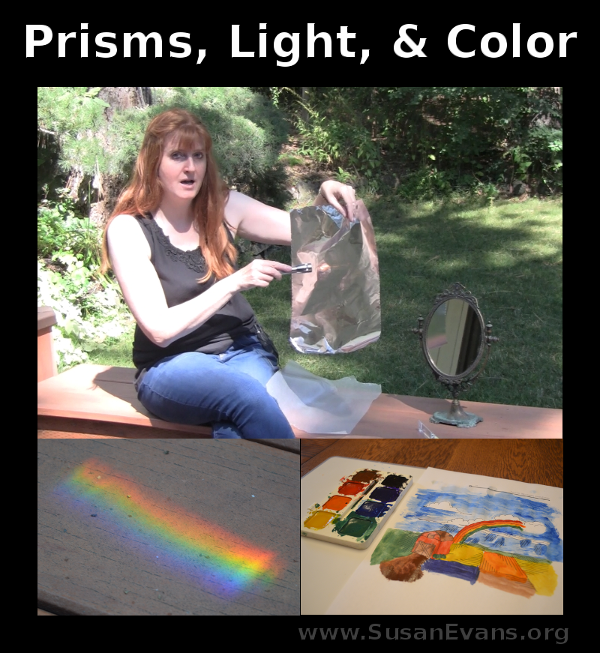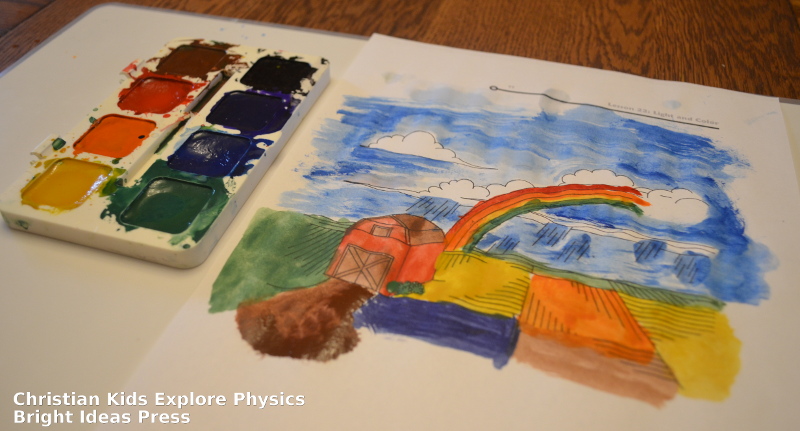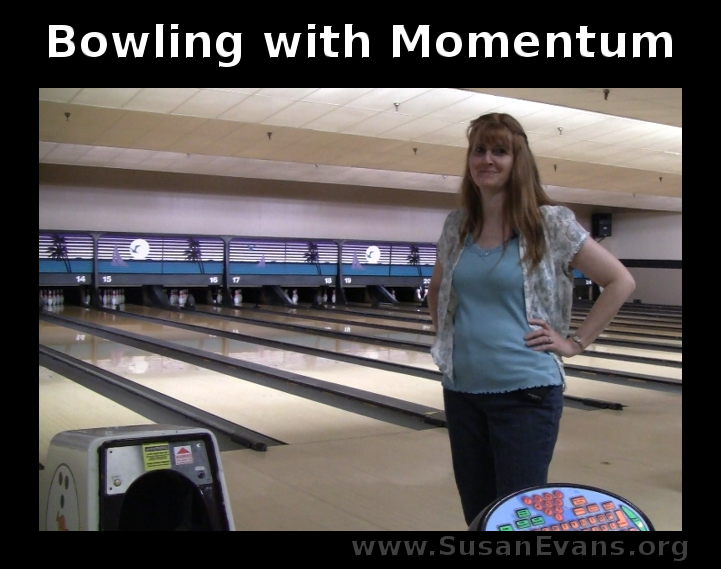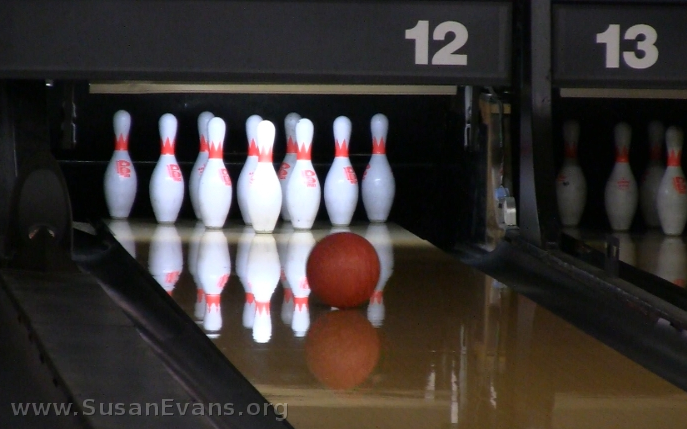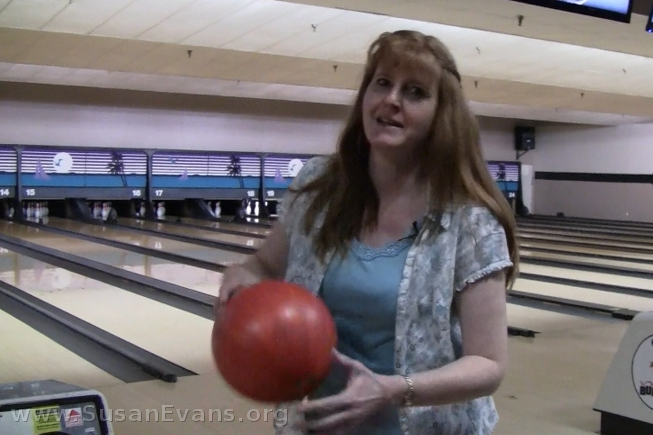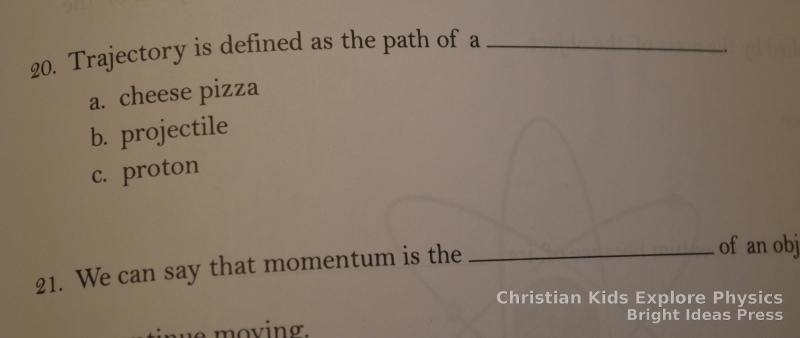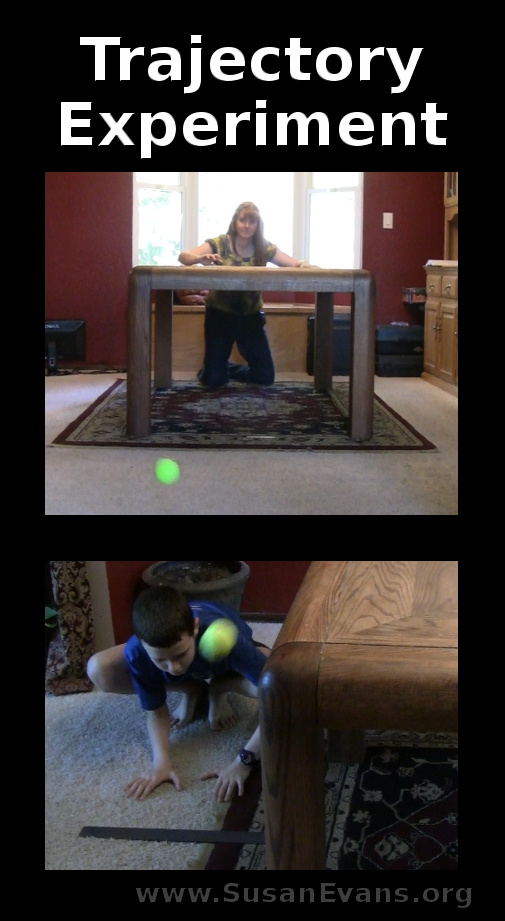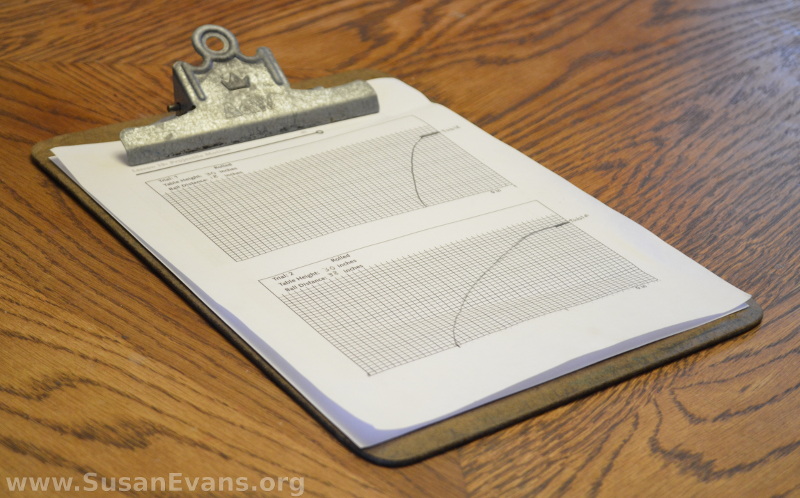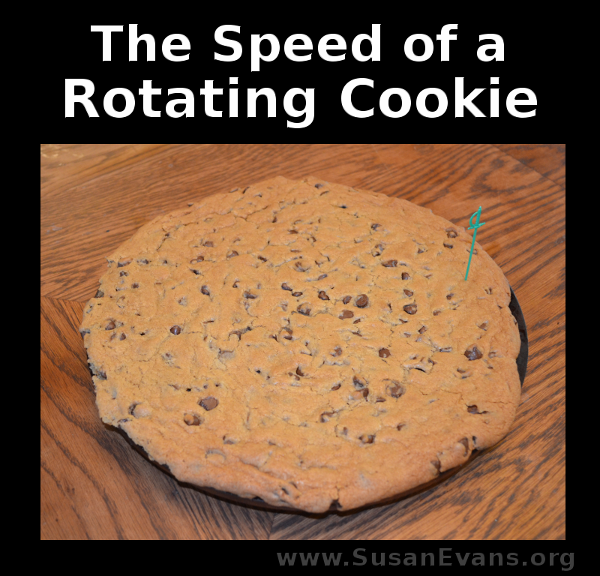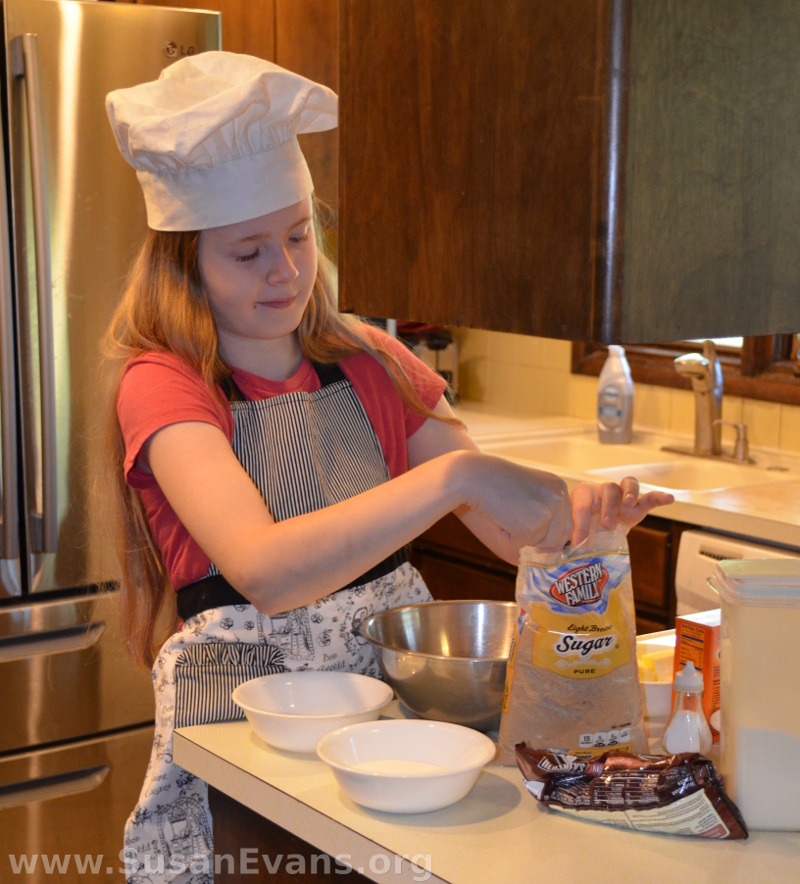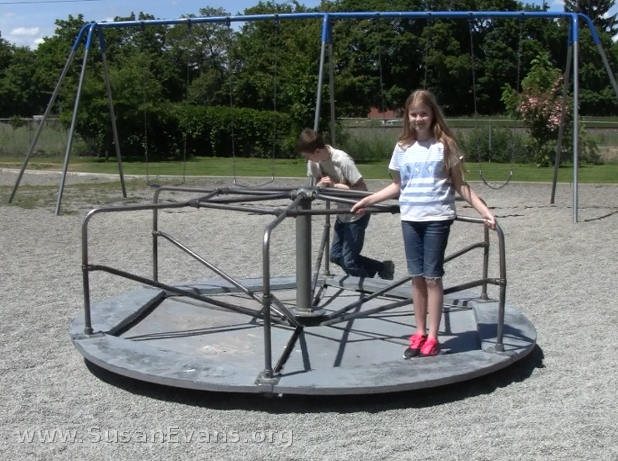Today we will be learning about prisms, light, and color. We will be doing some hands-on activities to see what light is made of, and what it does. We will also learn why we see colors.
Light is electromagnetic energy. It has different wavelengths that fall on the electromagnetic spectrum. Light is made up of all the colors, as you can see when looking through a prism:
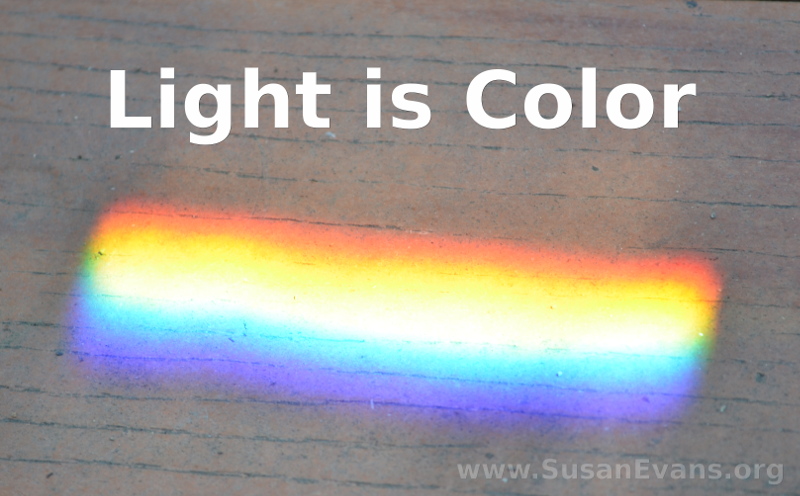 This post contains affiliate links. I was compensated for my work in writing this post.
This post contains affiliate links. I was compensated for my work in writing this post.
Light illumines the world around us so that we can see it. Light can be reflected, transmitted, or absorbed:
- reflected: light bounces back
- transmitted: light passes through material
- absorbed: light sinks into an object
We conducted an experiment with several different materials and a flashlight, to see if the light was reflected, transmitted, or absorbed by the material. We used a mirror, Cling Wrap, wax paper, aluminum foil, a bench, and my jeans.
Experiments with Prisms, Light, & Color (video)
Take a look at how the prism separates white light into all the colors of the spectrum. Then watch as we conduct an experiment to see which materials reflect, transmit, and absorb light:
Playing with Colors
We printed a coloring page from Christian Kids Explore Physics by Bright Ideas Press, and my daughter enjoyed playing with colors as she painted the scene. She found out that when something is blue, that object reflects blue but absorbs all the other colors.
We had a wonderful time playing with prisms, light, and color!
